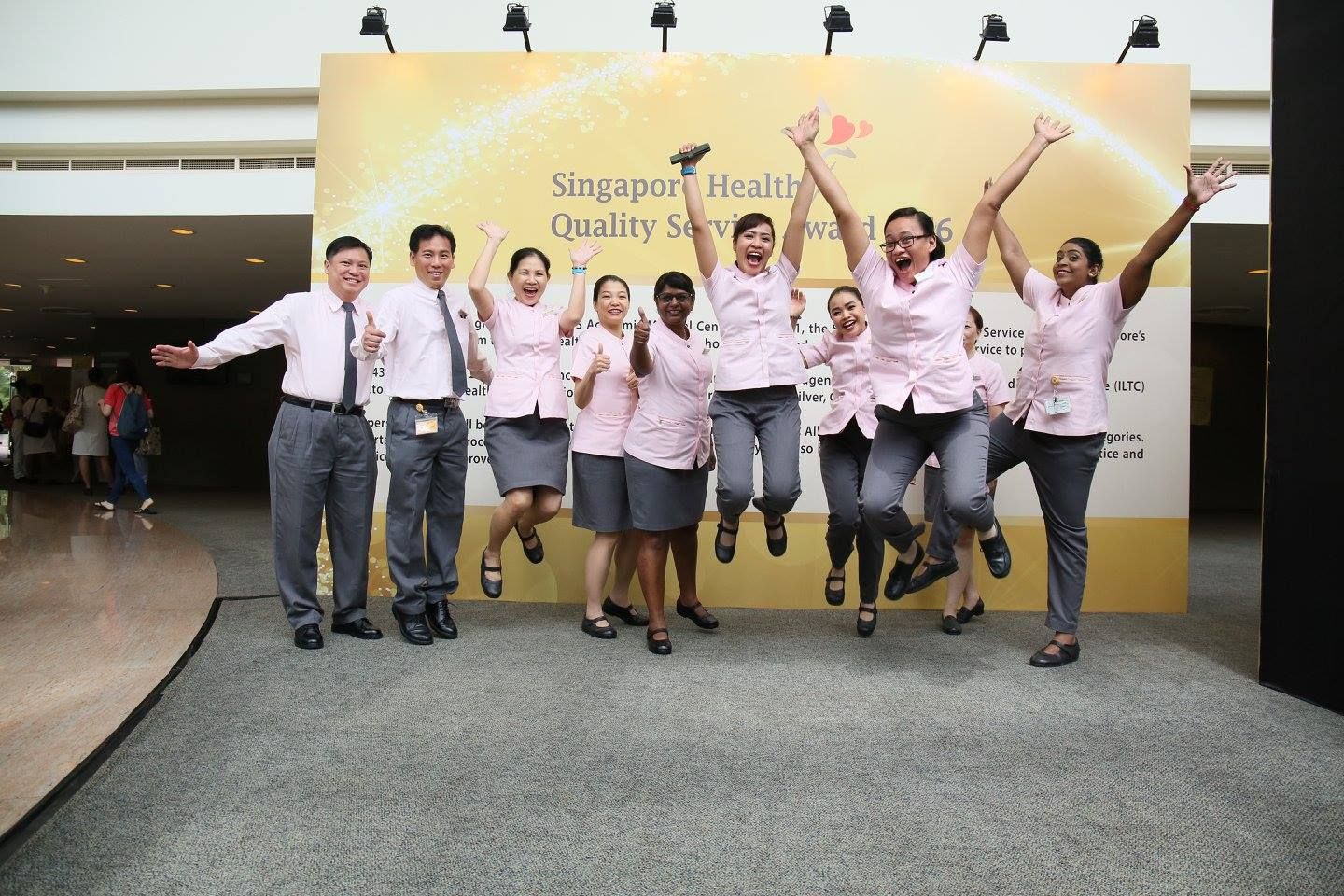SingHealth testing patient ‘risk scores’ to cut readmissions
By Medha Basu
Predictive analytics measuring chances of readmission.

Image: SingHealth
In the test by the Infocomm Development Authority and SingHealth cluster of hospitals, historical data on patients was used to score how likely they are to be readmitted.
“We are able to predict, for each patient, his risk score for coming back a third time in the given year,” Daniel Lim, Consultant in IDA’s Data Science Division said. His team used predictive algorithms on anonymised medical records and patients’ demographics to calculate the score.
Doctors could use this to right-site patients or design more effective treatment regimes. The challenge is how best to integrate the risk scores with the hospital's existing processes so that it can be deployed in a sustainable way.
Lim and his team now plan to trial the risk score with a group of nurses and patients to test how it can be used. “What we are proposing to do - and this a very exploratory phase - is to run a randomised control trial”, Lim said, which tests a new technique with a small sample of people and measures its success.
The hospital’s existing process is that nurses receive a list of new patients admitted to their ward at the start of each day. They must interview these patients, which takes about 45 minutes each, and assess how likely the patient is to return, Lim said.
The team wants to test whether giving nurses the risk score for each of their patients and an improved set of interview procedures would reduce readmissions overall, he said. It will measure the percentage of readmissions to the ward, how long it takes for the patient to return, and the interview duration.
If this new process proves more effective than the existing one, it could be expanded to other hospitals. “If it works, we can perhaps scale it up across the entire SingHealth cluster,” Lim said.
In testing these new ideas, his team follows the Silicon Valley mantra ‘Fail often, fail fast’. “If it doesn't work, at least we know it doesn't work. It's a small trial and we failed quickly, and we try something else again," he said.